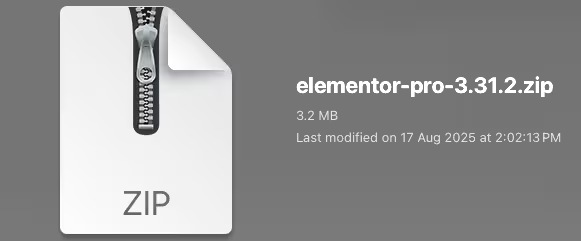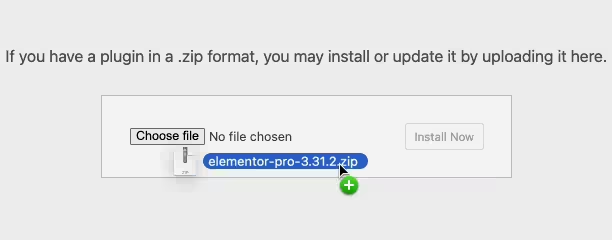User registration | File Upload
Updated on: April 3, 2024
Version 1.3.13

Single Purchase
Buy this product once and own it forever.
Membership
Unlock everything on the site for one low price.
Product Overview
Enhance your website’s functionality with the "User Registration | File Upload" plugin. This powerful tool allows users to register seamlessly while providing the ability to upload files directly during the registration process. It's perfect for websites that require user-generated content, such as forums, job boards, or membership sites. Plus, the intuitive interface ensures that both you and your users have a smooth experience. With customizable fields and secure file handling, you can tailor the registration process to fit your specific needs. What makes it stand out is its flexibility and ease of use, making it a must-have for any site looking to streamline user sign-ups.
Key Features
- Seamless user registration process with file upload capability.
- Customizable registration fields to suit your site's requirements.
- Secure file handling to ensure user data safety.
- Responsive design for optimal performance on all devices.
- Easy integration with existing WordPress themes and plugins.
- Real-time validation to improve user experience.
- Customizable email notifications for new registrations.
- Support for multiple file types and size limits for uploads.
Installation & Usage Guide
What You'll Need
- After downloading from our website, first unzip the file. Inside, you may find extra items like templates or documentation. Make sure to use the correct plugin/theme file when installing.
Unzip the Plugin File
Find the plugin's .zip file on your computer. Right-click and extract its contents to a new folder.

Upload the Plugin Folder
Navigate to the wp-content/plugins folder on your website's side. Then, drag and drop the unzipped plugin folder from your computer into this directory.

Activate the Plugin
Finally, log in to your WordPress dashboard. Go to the Plugins menu. You should see your new plugin listed. Click Activate to finish the installation.

PureGPL ensures you have all the tools and support you need for seamless installations and updates!
For any installation or technical-related queries, Please contact via Live Chat or Support Ticket.